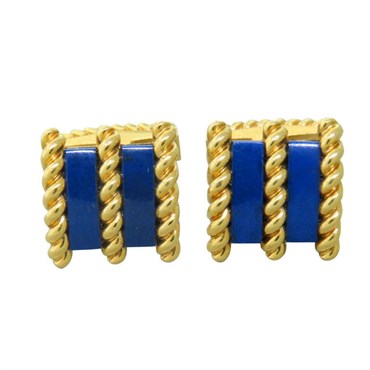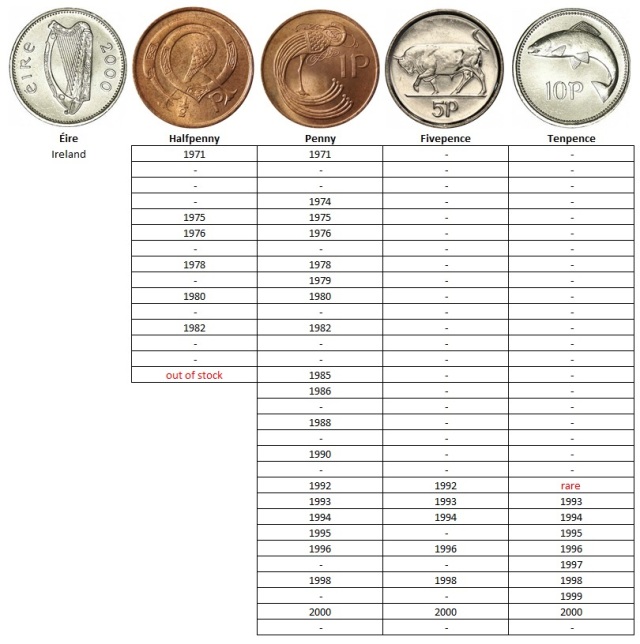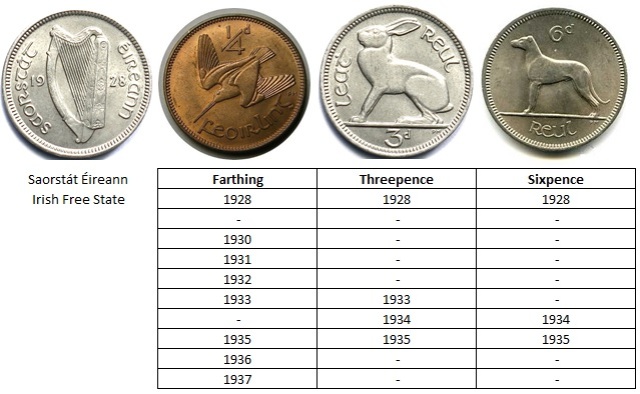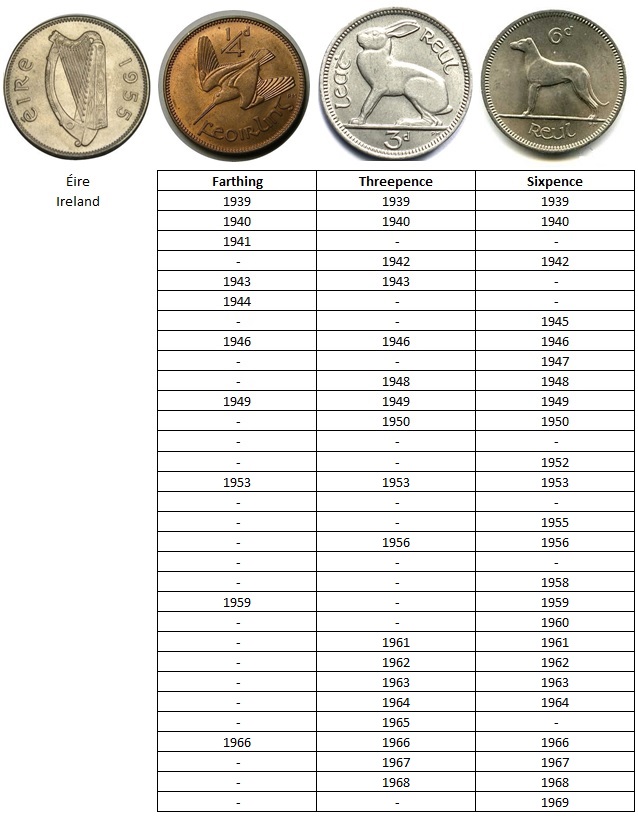Introduction
The cuff link has a long and interesting history intertwined with the development of ‘fitted’ clothing – which necessitated the use of buttons. Subsequent development of the ‘worked’ buttonhole, the Industrial Revolution and the evolution of mens’ fashion – culminating in the ‘French cuff’
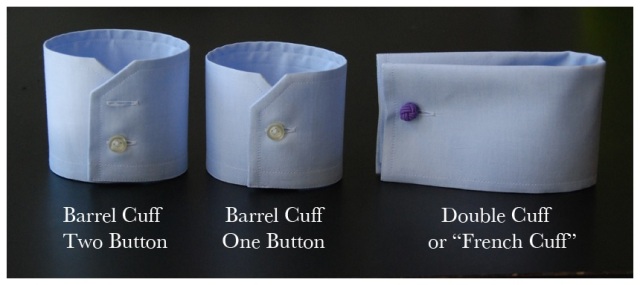
Clothing in pre-historic times tended to be functional and related to the hunter-gatherer and later farming lifetyles. Leather, furs and fabrics tended to be wrapped around the body and tied. As these ancient societies evolved, the idea of ‘status’ along with status symbols developed. In terms of clothing fasteners in Ancient Ireland, the elaborate dress fasteners of the Bronze Age comes to mind.
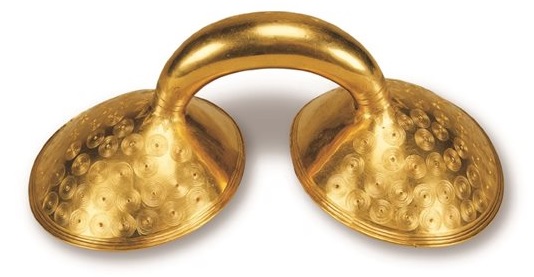
1200’s
Strings pins or belts were used rather than buttons to fasten clothing. It was not until fitted garments became popular in the 13th century that buttons where used as fasteners.

1600’s
In the 17th century the decorative lacy cuff of the Renaissance began to give way to more practical styles. At first noblemen began using ribbons to tie their cuffs and the elegance of them was considered a status symbol. By the late 17th century ribbons were replaced by jeweled buttons which were called Sleeve Buttons.
- Sleeve Buttons were much more simple than lace
- They were also much more visually interesting than ribbons
- Sleeve Buttons became very popular very quickly in the 1600’s

1700’s
By the time of King George (1738-1820) these buttons had become much more ornate. one favourite style was to create miniature paintings on the underside of a piece of glass or quartz. It was still a bauble of the elite classes however, and they were quite expensive to produce due to the material costs involved. This like so many facets of European society changed rapidly with the coming Industrial Revolution.

1800’s
Cufflinks have often been accompanied by matching studs for the front of the shirt, particularly for formal wear from the 19th and 20th centuries.
At the beginning of the reign of Queen Victoria (1837-1901) and towards the end of Britain’s Industrial Revolution the middle class adopted cuff links.
- Unable to afford gems they turned to replicas of the real thing.
- Rhinestones and pastes were used as fake diamonds
- Pinchbeck a copper and zinc alloy substituted for gold
- Cut steel marcasite were used for silver
A ‘rose’ or flat cut was favoured by late Georgian and Victorian jewelers
1840
The French cuff or double cuff shirt sleeve become a popular fashion accessory. The historical stimulus for the elegant touch in mens’ fashion was the publication of Alexander Dumas “The Three Musketeers”
Dumas detailed description of the turned-back sleeves of the men guarding King Louis Xlll inspired European designers to modify the single cuff link-holed shirt which had been a fashion main stay in England.

1882
In 1882 George Krementz invented a machine that was based on a Civil War cartridge shell. It would mass produce one-piece buttons and cuff links very cheaply, which further enabled everyone to enjoy what was once the exclusive domain of the wealthy and privileged.
1900’s
Although the growing middle class liked enameled cuff links during the early Victorian period, it was during the Art Deco period that enamels reached their popularity. Skilled craftmen such as Faberge had perfected the art of using enamels by the end of the 19th century which he then mass produced during the early period of the 20th century.
- The Faberage enamel cufflinks are said to have a gem-like brilliance and are highly sought after in auction houses throughout the world.

Other leading cuff link designers like Cartier and Tiffanys also began produce cuff links at the turn of the 20th century and were heavily influenced by the Art Nouveau – Art Deco, Cubism period.

The Roaring 20s were probably the height of cuff-link invention. Manufacturers created a variety of devices and designs to do one simple thing: permit a fellow to insert and remove his cufflinks with a minimum of difficulty and a maximum of security.
1924
In 1924, a Mr Boyer, of the Boyer company, created a fastener system made up of a tilting stick between a double stem fixed to the base. Nowadays, this system still remains the most common fastener used.
1950’s
The “stirrup” link enjoyed some popularity in the 1950’s – a curved bar encompassing the cuff from one side to the other.
1970’s
In the Seventies, shirts with built-in buttons replace cuff links. Fortunately, the haute couture of famous names kept the style of wearing cuff links which continued to influence many people and kept the tradition alive.
1987
In London salerooms, no provenance is more sought-after than a royal connection. Britain’s royal family rarely parts with jewellery but Edward VIII was one who flew the coop, abdicating in December 1936, to marry the American divorcee Wallis Simpson. She became the Duchess of Windsor and her jewellery was sold at a landmark auction in Geneva in 1987 which raised $50 million. However pieces from the couple’s collection still turn up.
One pair of cuff links sold at auction for $440,000.
They were engraved with the initials ‘E’ and ‘W’
1990’s
The French cuff shirt make a dramatic come back and cuff links become a main stream fashion accessory spanning across all ages. Young people rediscover this accessory.
Paul Smith & Gucci brands start to expand and increase their new cuff link ranges.
A new generation of cuff links was born.
Cuff links, once viewed as a formal jewel becomes an essential accessory for both men and women wanting to express their individuality with style.
2000’s
Today cuff links are worn all over the world by men and women of discriminating taste and style. Whether it’s a classic or a modern design – or even one of the latest in novelty designs – cuff links are something that can be worn and appreciated by anyone who wants to look their best.
2010’s
In 2014, Sotheby’s in London sold a selection of the couple’s jewels and precious objects including a pair of gold and painted enamel cufflinks, featuring portraits of the Duke’s grandparents King Edward VII and Queen Alexandra
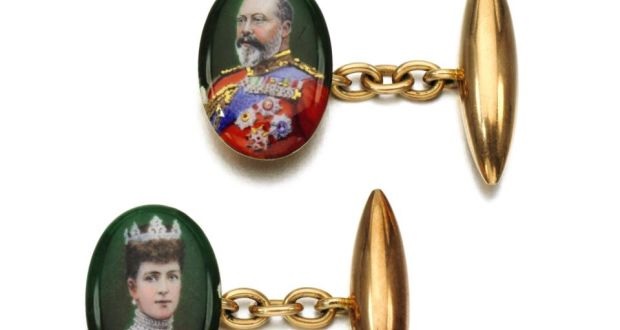
It is often said that a man should never buy his own cufflinks, but that they should always be gifts meant to mark an occasion.
- This is a custom that resonates back to the cufflink’s medieval history, to the time when they were made almost exclusively as items meant to commemorate royal affairs.
Thus, these days men have come to recognize the importance of the set passed-down from a grandfather, or given by a best friend at his wedding and might solely rely on such pieces for formal affairs, but are uninhibited about buying their own cufflinks for everyday wear.
Numis Cufflinks has a comprehensive range of Irish coins mounted on handmade cufflinks. They make great gifts for birthdays, anniversaries, Mothers’ Day, Fathers’ Day and Christmas. Next time you are looking for a gift that says “I care and I really tried”, think Numis Irish Coin Cufflinks!

